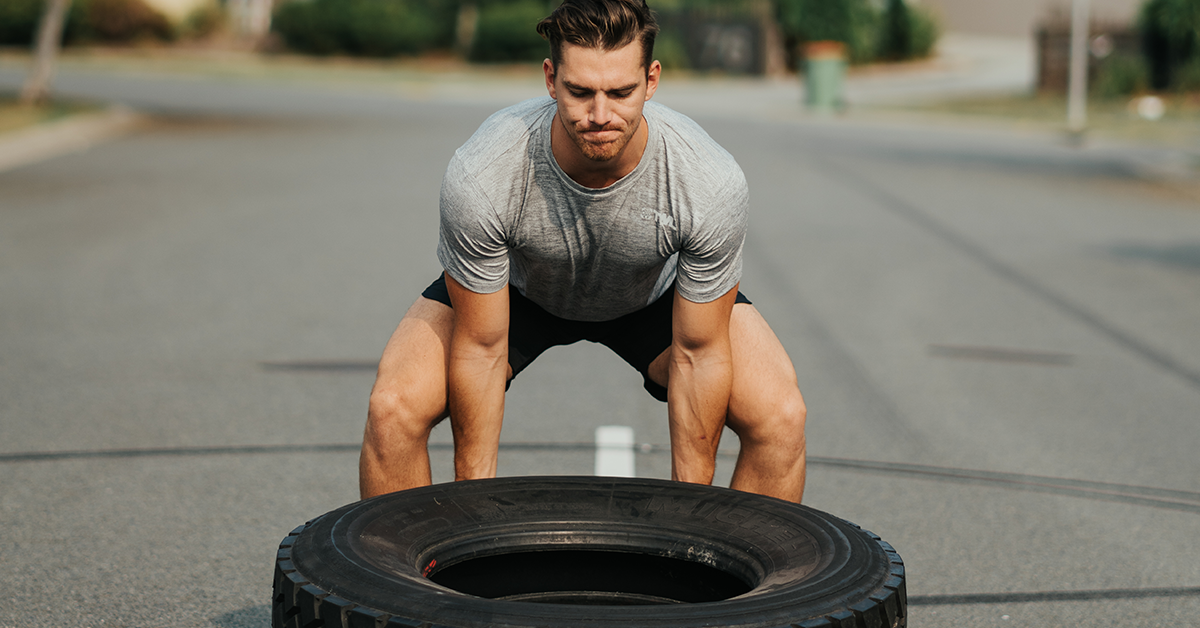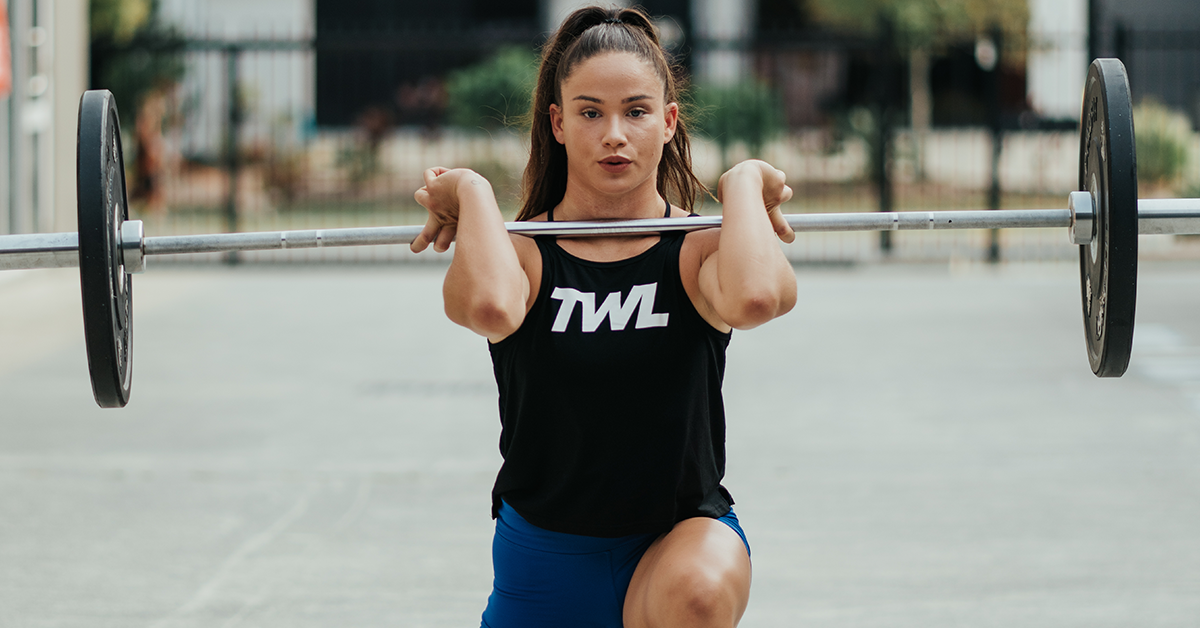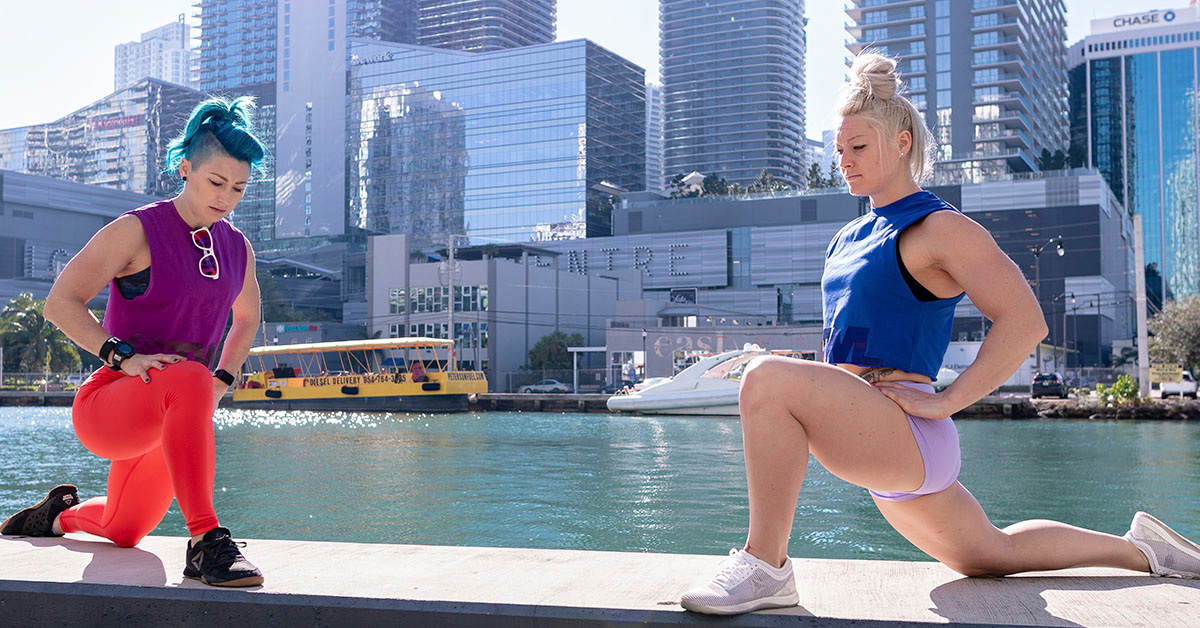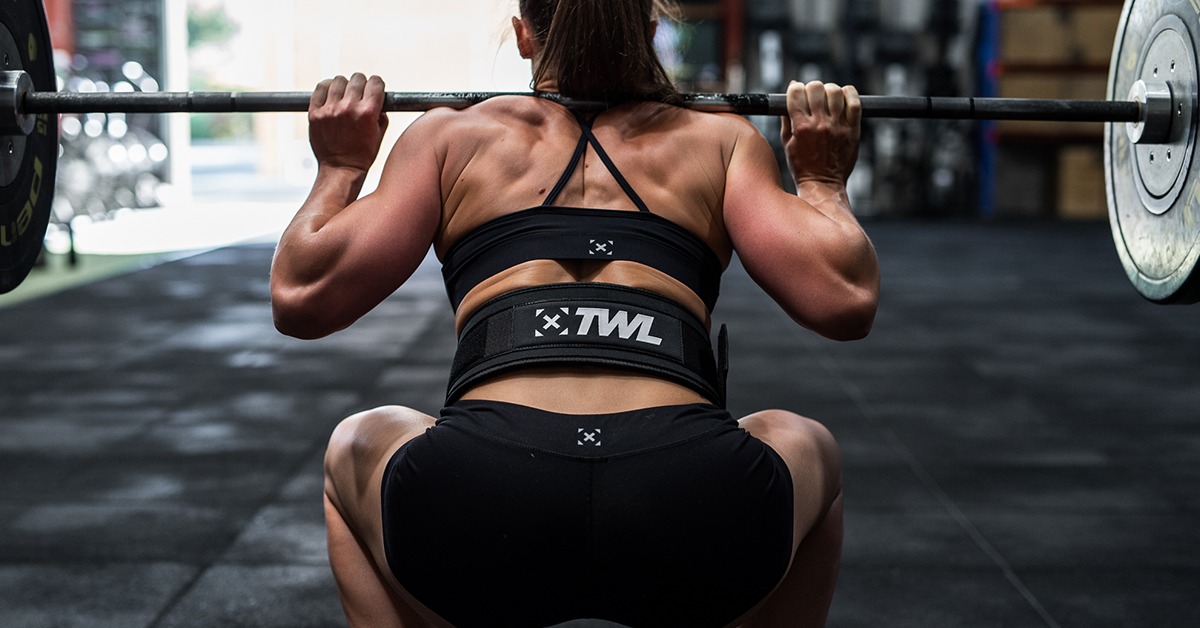For athletes in the gym, there are a few specific areas that tend to cause them grief: their shoulders, knees, and back. Back pain is no laughing matter and can make it harder not just to train but to go about your daily activities. If you’re asking yourself, “Why does my back hurt?” let’s look at a few possible culprits.
“Why Does My Back Hurt?!” Here are 5 Potential Causes
Back pain is tricky. Because your back helps to connect your entire body, the pain might not be even originating there. It could be rooted in your hips or neck, for instance. Furthermore, you have to consider where exactly your back pain is. Alleviating lower back pain might look different from alleviating upper back pain.
Here are a few causes to help you get started addressing the discomfort.
View this post on Instagram
1. A Sedentary Lifestyle
This is, without a doubt, one of the most common culprits. If you spend too much time sitting, your hip flexors tighten (since your legs are never extended). So, when you go to stand — and especially train — these muscles aren’t prepared for that stretch or movement. The pain often ends up in your lower back.
By the way, check out our blog on exercises to beat lower back pain.
The answer: Set a timer or an alarm to remind you to stand every hour for five minutes. Stretch your pecs, shoulders, and hips. Walk a lap around your home or office. Get the blood flowing! It’s a small ask but makes a huge difference. If you have the space and budget, consider investing in a standing desk. If that’s not doable, you can buy “platforms” that simply allow you to raise your laptop up, so you can stand while you work.
Learn more about the health risks of sitting too much.
2. Poor Posture
Along with excessive sitting is doing so with poor posture. (Note: Standing with poor posture can be just as damaging!) If you’re hunched over a keyword all day or angling your neck awkwardly to look at your computer monitor, this throws your spine out of alignment and can end in back pain.
Also, do you spend a lot of time looking down at your smartphone? This can cause neck pain, which can cause back pain, particularly upper back pain.
The answer: Something specific to consider is your head and neck alignment. When you’re sitting at your desk, do you notice that your head is jutted out and your shoulders are rounded? Remember, you want your head, neck, and back all neatly stacked on top of each other. Gently push your head back a little to align it with your spine. Then, roll your shoulders back and down. This is the position that your body wants to be in.
3. Tight Hips and Glutes
Tightness in the hips and glutes is a common byproduct of too much sitting. But it can strike anyone, in general. And this tightness can easily translate into back pain, especially lower back pain.
The answer: Working on loosening up these tissues can be done in just a few minutes, as long as you’re consistent and do it on a regular basis. Grab a foam roller and roll out the backs and sides of your glutes, as well as all around your quads and hamstrings. Don’t forget your adductors!
4. The Position You Sleep In
If you’re sleeping on your stomach, you might want to try to break that habit. It can put immense strain on your neck and spine, leaving you waking up with pain in your upper and lower back.
The answer: Sleeping on your back might reign supreme. It protects your spine and might help alleviate hip and knee pain. The fetal position is also safe, as well as sleeping stretched out on your side. (Plus, sleeping on your side can improve digestion and stop you from snoring. Bonus!) Don’t forget to invest in a high-quality pillow that supports and cradles your head and neck, keeping it in a neutral position. If you like sleeping on your side, also consider getting a small pillow in between your knees.
5. A Lack of Proper Recovery
Are you hitting the gym hard on training days and then spending rest days doing nothing at all? While complete recovery is sometimes necessary, doing this all the time might be contributing to your back pain. More often than not, the human body doesn’t like being completely inactive. Avoiding movement completely on your off days might be leaving those muscles tight and immobile.
Then, when you return to the gym and put stress on those muscles, they’re not prepared. This can lead to soreness and even injury.
The answer: Active recovery. Do give your body time to rest and recharge, but keep it moving with light activity like walking or yoga. This sort of gentle active recovery is enough to facilitate the healing that your body needs without taxing or exhausting it further. In fact, you’ll likely recover faster than you do with passive recovery. It’s a perfect balance and caters more to your body’s needs.
View this post on Instagram
Do you notice yourself doing any of the things on this list? That might be why your back hurts! The good news, though, is that sometimes, all it takes is a few minor tweaks to your training and/or lifestyle habits to start feeling better immediately.
Follow our tips and see how your back pain responds over the coming days, weeks, and months.

















